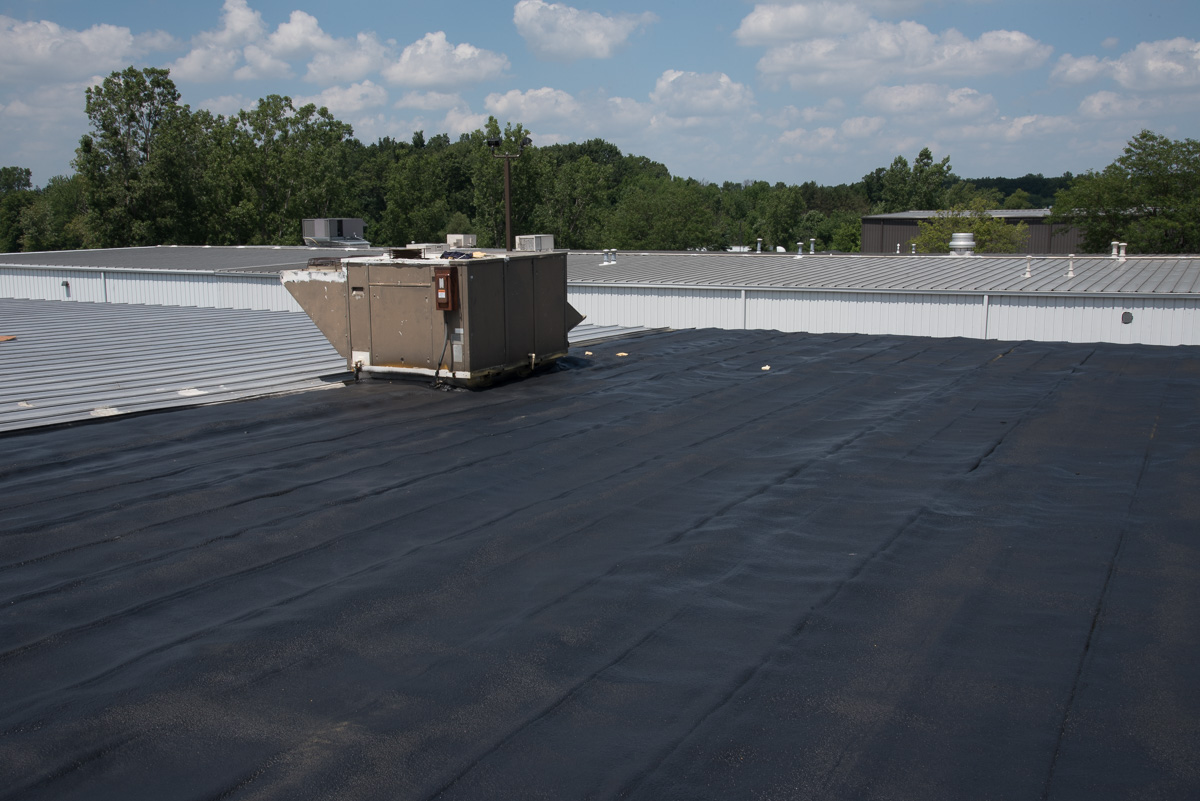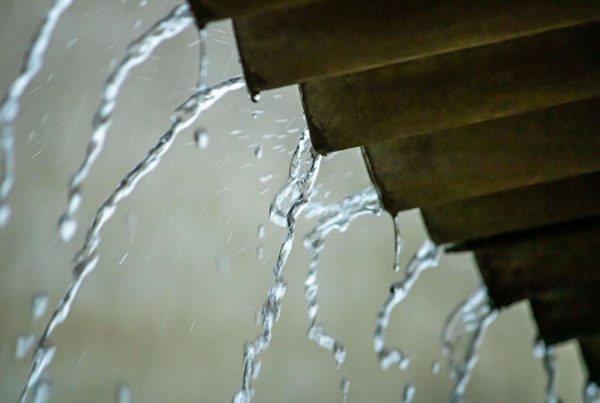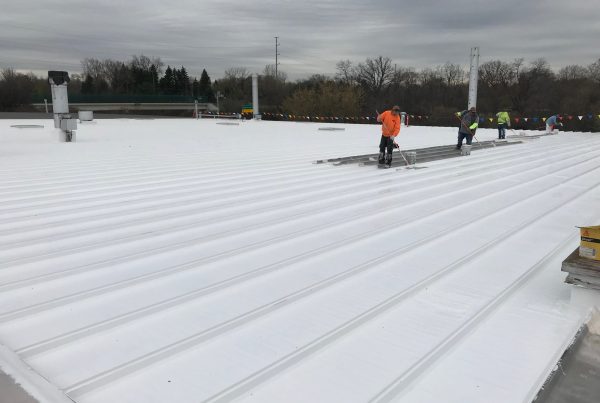What is EPDM roofing?
EPDM, or ethylene propylene diene terpolymer, is a synthetic rubber roofing overlay material. It is typically used on flat or low-slope commercial roof systems. It is important to note that this synthetic rubber should not be used in conjunction with other roofing materials containing aluminum, asphalt, and cement. These will cause further damage and eventually the roof will need to be completely replaced.
Before new EPDM roofing installation begins, the current roof must be completely leveled and free of existing coverings and damage. It then needs to be thoroughly cleaned and dried. Your roofing professional will measure your roof to determine how much material will need to be used. The amount of EPDM needed must cover the entire roof as well as provide a bit of overhang. EPDM is then applied in sheets and mechanically fastened at the seams. PVC membrane, modified bitumen, and built-up roofing are other roof types that are similar in this way, as they are also mechanically fastened.

Pros of EPDM Roofing
The extreme durability of EPDM is a unique selling point. Not only that, but it is sold in a variety of lengths and widths. When an EPDM roof is expertly installed, maintained, and repaired by a professional, it may protect your commercial building for years and years.
EPDM roofs are also one of the least expensive roof types to install and repair. EPDM comes in either black or white sheets, so you may also be able to reduce your energy bills just by choosing the correct color dependent on the weather in the region your commercial building is located.
Cons of EPDM Roofing
Seeing as that EPDM roofs are mechanically fastened, they are not as airtight. This means that they offer significantly less protection than seamless roof types do.
Mechanically fastened holes and seams will expand and contract under normal weather conditions. The now bigger holes, cracks, and seams let water in and can destroy your roofing substrate. Air also escapes through these cracks, holes, and seams. Your HVAC system must then work harder to compensate for the air loss, which will end up costing you thousands of dollars.
Lastly, EPDM is derived from oil and natural gas. If you are looking to reduce your carbon footprint, EPDM may not be at the top of your shopping list.

In Closing
Given its extreme durability, EPDM may be a good option for your commercial flat or low-slope roof. We highly encourage you to contact a roofing expert to handle the job of installing, maintaining, and repairing your EDPM roof.


